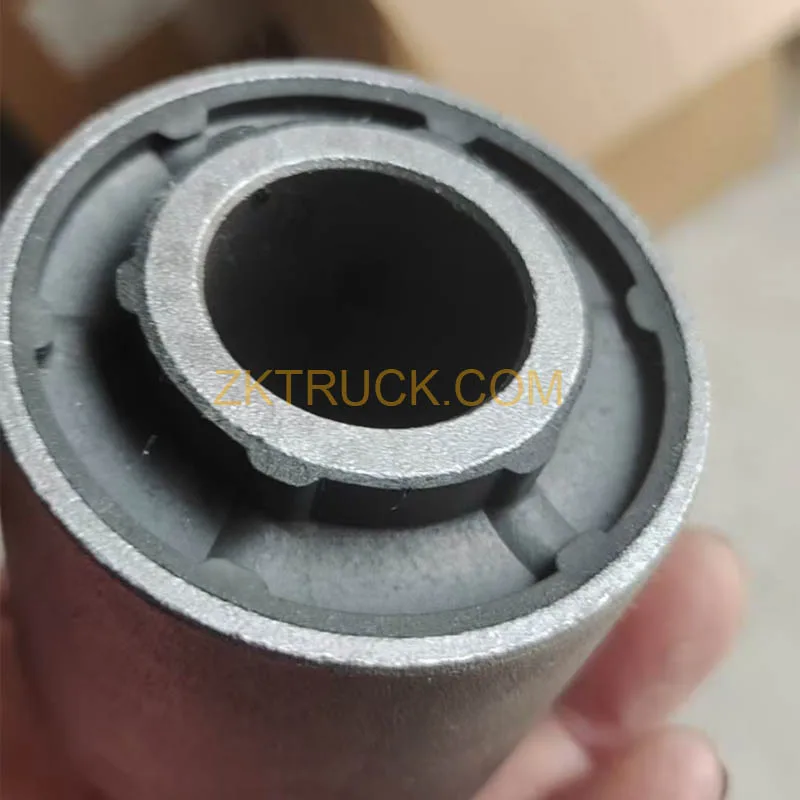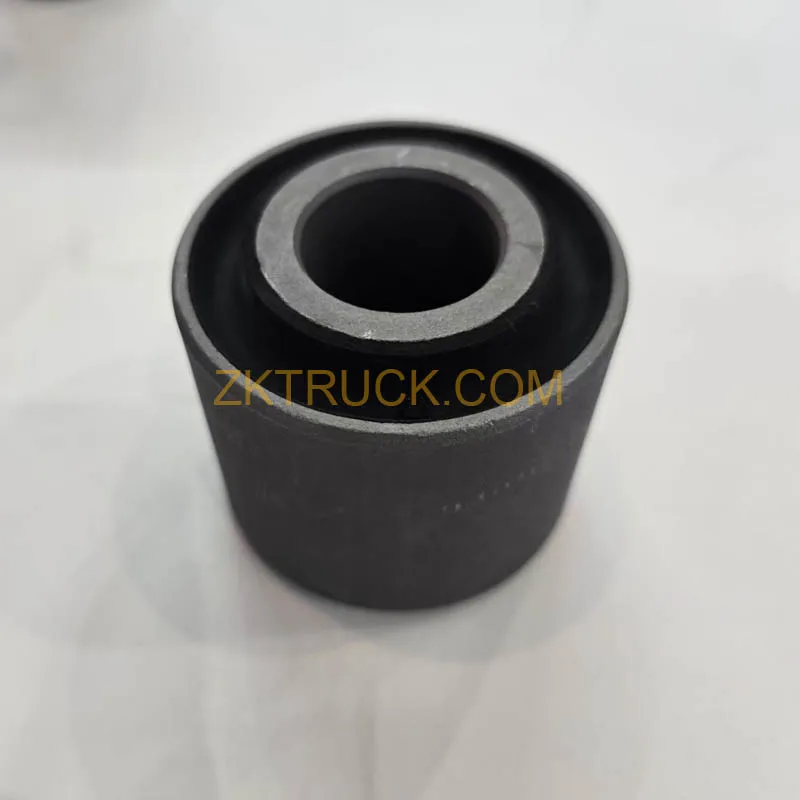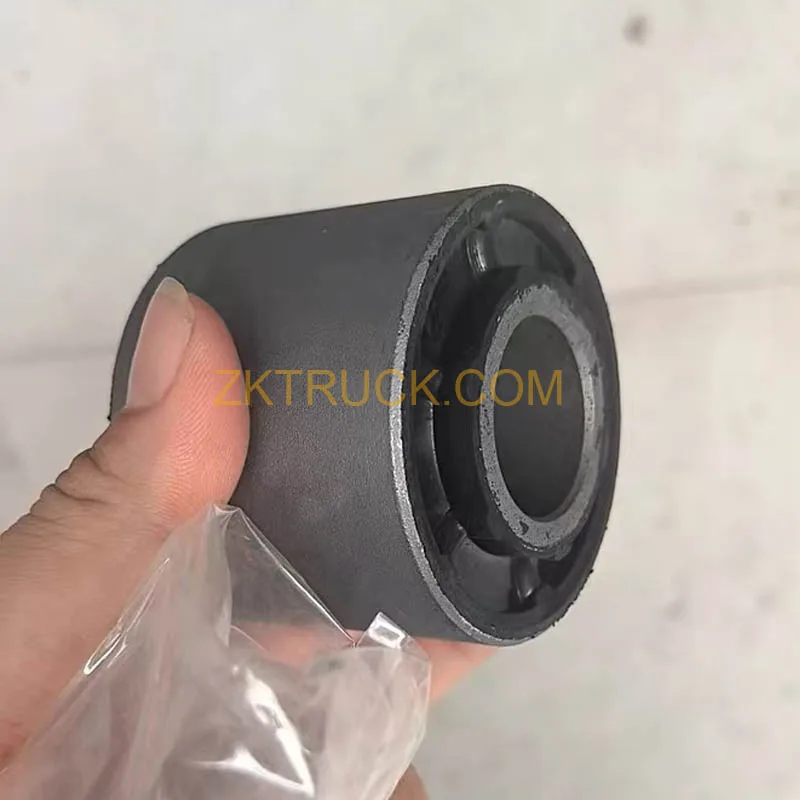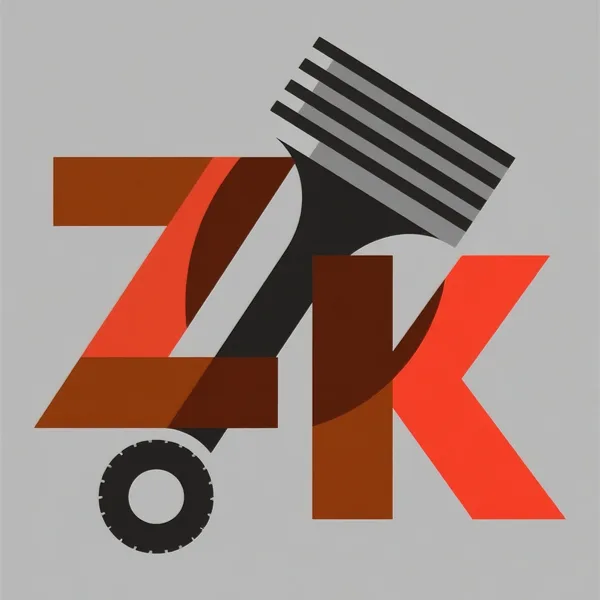The trailer Flip bushing is a key component in the trailer suspension system and connecting parts, mainly used to reduce friction and wear between the pull rod and other components, and to provide buffering and shock absorption. Now, we will introduce following details its functions, materials, common types, damage manifestations, replacement and maintenance aspects:
1. Flip bushing Function:
Shock absorption and buffering: During the trailer’s operation, the pull rod will vibrate and shift due to road bumps. The bushing absorbs the vibration energy through elastic deformation, reducing the hard impact between components, and minimizing the damage to the trailer structure caused by noise and vibration.
Reducing friction: As an elastic medium between the pull rod and connecting parts (such as the axle and frame), it avoids direct contact between metal components, reducing friction loss and prolonging the service life of the pull rod and related components.
Ensuring positioning accuracy: The elastic and limiting effect of the bushing ensures that the pull rod moves within the specified range, maintaining the geometric positioning of the trailer suspension system and ensuring stable driving and uniform tire wear.

2. Flip bushing Materials and characteristics
Common materials:
- Rubber material: Low cost, good elasticity, can effectively absorb high-frequency vibrations, often used in non-heavy-duty parts of ordinary trailers.
- Polyurethane (PU): Strong wear resistance, high load-bearing capacity, superior to rubber in anti-aging and anti-tear performance, suitable for heavy-duty trailers or harsh road conditions.
- Metal bushing (such as copper alloy): High strength, high temperature resistance, mostly used in parts requiring high rigidity connections (such as heavy-duty traction rods), but with poor shock absorption effect.
Material selection basis:
- Load requirements: Heavy-duty trailers prefer polyurethane or metal bushings; light-duty can choose rubber.
- Working environment: Consider the weather resistance of the material (such as polyurethane is superior to rubber) in humid and corrosive environments.
3. Flip bushing Common types and installation positions
Structure classification:
- Single bushing: Installed alone on one end of the pull rod, used for simple connections (such as the end of the steering pull rod).
- Double bushing: Installed on both ends of the pull rod, or used in conjunction with metal sleeves to enhance stability (such as the thrust rod of the suspension system).
By installation position classification:
- Suspension pull rod bushing: Installed on the thrust rod and guide rod of the suspension system, connecting the axle and frame.
- Traction rod bushing: Used for the connection between the traction rod and the trailer saddle, transmitting traction and braking forces.
- Steering pull rod bushing: In the trailer steering mechanism, ensuring the motion accuracy of the steering pull rod.

4. Flip bushing Damage manifestations and hazards:
Common damage forms:
- Rubber / Polyurethane bushing: Aging cracking, deformation, detachment, loss of elasticity (such as: cracks, damage or severe wear on the surface of the bushing).
- Metal bushing: Excessive wear, excessive clearance, deformation of the bolt holes.
The flip bushing broken Hazards:
- Abnormal vibration of the suspension system, resulting in tire uneven wear, increased fuel consumption.
- Failure of pull rod positioning, causing “swerving” or “deviation” during trailer driving, affecting driving safety.
- Exacerbating the wear of other components (such as the pull rod, axle) and even causing connection components to break.
5. Flip bushing Replacement and maintenance suggestions
Replacement timing:
- Regular inspection (every 1-20,000 kilometers or every half a year), when the bushing cracks, deforms, or the clearance exceeds 5mm, it needs to be replaced.
- When the trailer shows abnormal vibration or driving deviation, promptly check the condition of the bushing.
Replacement steps:
- Top the trailer off, ensure the wheels are off the ground, release the load of the suspension system.
- Remove the connecting bolts between the pull rod and the axle / frame, remove the old bushing (if it is an embedded bushing, use a special tool to press it out).
- Clean the installation hole, apply a small amount of lubricant (such as silicone-based lubricant), install the new bushing, and tighten the bolts (tighten according to the specified torque to avoid damaging the bushing).
Maintenance points:
- Regularly clean the surface of the bushing to avoid the accumulation of dirt and oil stains that accelerate aging.
- For rubber / polyurethane bushings, apply a special protective agent (non-petroleum-based lubricant) to prevent hardening and cracking.
- If the metal bushing shows slight wear, the gap can be restored by replacing the adjustment gasket. In severe cases, the entire bushing needs to be replaced.
Flip bushing Purchase Considerations:
- Matching vehicle model: Select the corresponding model of the bushing based on the trailer brand (such as SINOTRUK, FAW, HOWO,SHACMAN etc.) and the specification of the tie rod.
- Material compatibility: For heavy-duty and high-frequency vibration scenarios, polyurethane bushings are preferred; for ordinary transportation, rubber bushings can be selected.
- Quality control: When purchasing, check if the surface of the bushing is smooth and free of bubbles. The rubber material should have sufficient elasticity, and the polyurethane material should have no obvious impurities or cracks.
By properly maintaining and replacing the flip bushing, the reliability of the trailer suspension system can be significantly enhanced, the overall vehicle’s service life can be prolonged, and driving safety can be ensured.

